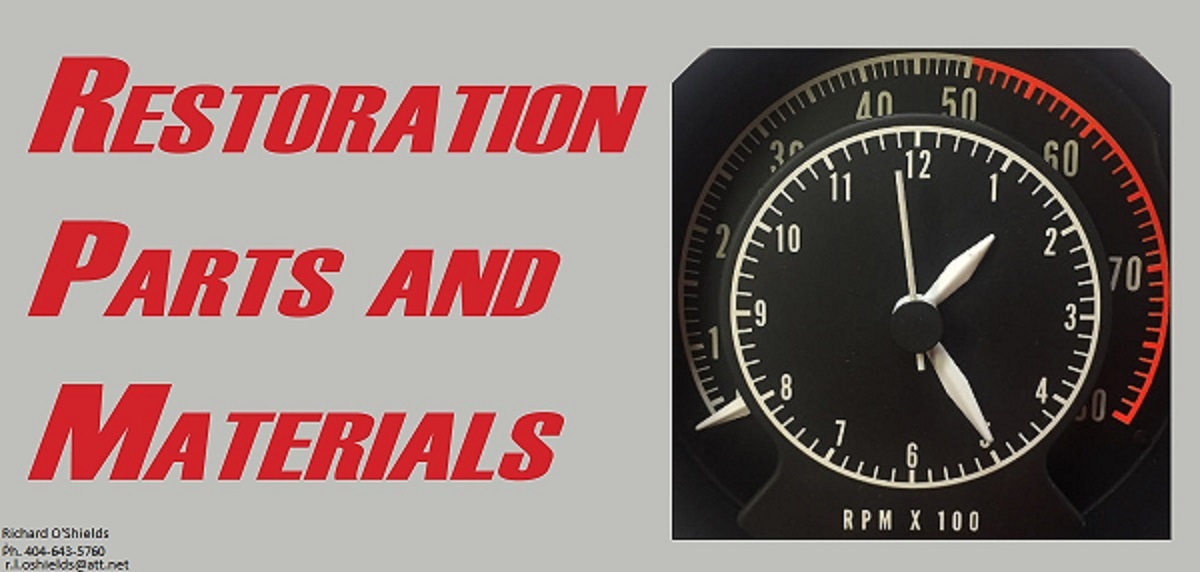
Welcome to another edition of Hooniverse Weekends. This past week Rob ran a
Hooniverse Asks posting about whether of not woodgrain should make a comeback for wagons. Everyone seemes to chime in with this one, as we received almost 100 comments, but it was the one from our very own Tanshanomi, who said:
1967-68 was definitely woodgrain’s peak. Which is my excuse to post the Rebel Mariner yet again. SIMULATED BLEACHED TEAKWOOD FTW!
Using that for inspiration, I thought it was time to do a posting about the Rebel Mariner Wagon, along with the other two AMC Regional Wagons that year, the Rebel Westerner, and the Rebel Briarcliff.
In a February Press Release, AMC announced that they were introducing three special Station Wagons for the spring season. I’ll just let the press release speak for itself:
DETROIT, Feb. 26 – – Three Rambler Rebel V-8 station wagons with special styling themes for specific locations will be marketed in 23 areas of the United States this spring and summer, American Motors vice president of automotive sales Thomas A. Coupe said today.

The three station wagons – – Westerner, Mariner and Briarcliff – feature distinctive side paneling and interior upholstering which capture the flavor of the locale where they are to be sold. “Our objective in producing these unique station wagons is to determine in selected test market areas whether the buying public is favorably inclined toward special identification vehicles, ” Coupe said. “These wagons will identify the owners with the Midwest and Southwest through a ranch theme, with the coastal areas through a nautical theme, and with the East through a country and hunt club theme, ” he said.

The Westerner is Frost white with simulated natural tan leather grain panels running the full length of the sides from the upper character line to the lower molding. Bold panels of stallion brown vinyl, with a look of richly tooled leather, are used on seat backs and door panels in combination with white antelope grained vinyl to highlight the Western look inside.

The Mariner is Barbados blue with full-length side panels of simulated bleached teakwood planking. Narrow black horizontal stripes in the panels accentuate the contour of the body. Anchors and stars decorate the dark blue suede bolster panels of the seats, which also feature white piping and broad horizontal pleated inserts of medium blue antelope grain vinyl to complement the exterior color combination.

The Briarcliff is Matador red with simulated black camera grain side panels. Black antelope grain vinyl is used on seats and door panels to give the interior a look of luxury.
Each of the special station wagons has as standard equipment a 200-horsepower “Torque Command” 290 V-8 engine, automatic transmission, power steering, power brakes, power tailgate window, push-button radio, wheel discs, remote control mirror, light group, electric clock, whitewall tires, special-duty springs and shocks, and individually adjustable reclining seats. Options offered include a 280-horsepower 343 cubic inch V-8, air conditioning, and solex glass windows.
The Westerner will be marketed in the Dallas-Fort Worth, Denver, San Antonio, Houston, Chicago, Milwaukee and Detroit areas; the Mariner in the Los Angeles, Portland, Eugene, San Francisco, Seattle, Miami and Tampa-St. Petersburg areas, and the Briarcliff in the Baltimore, Philadelphia, Pittsburgh, Providence, Hartford, Cincinnati, Cleveland, Albany and Memphis areas.

AMC produced more Mariner Wagons than either the Westerner or the Briarcliff, but that isn’t saying much. According to the press release for the Wagon:
A nautical theme of anchors and stars highlights the interior of the Mariner, one of three special Rambler Rebel V-8 station wagons which will be test marketed in specific areas this spring and summer by American Motors. The Mariner, which is designed for coastal areas, is Barbados blue with full-length side panels of simulated bleached teakwood planking. Narrow black horizontal stripes in the panels accentuate the contour of the body. It will be sold on the West Coast and the Atlantic and Golf Coasts of Florida.
Only
600 Mariner Wagons were produced. How many are still around is anyone’s guess, though they were sold in the most favorable climates of California and Florida, which gives them a better chance of survival.

Think of the Westerner as a vehicle that is the predecessor to what would eventually become the SUV or later on, the CUV. This was a wagon that was dressed up for the Ranch, with tooled leather look vinyl inside, and a grained Cowhide look along its flanks. According to the press release:
The Westerner, one of three special Rambler Rebel V-8 station wagons designed by American Motors for spring and summer sale in specific areas, features a ranch theme. The frost white body is highlighted by simulated natural tan leather grain panels which run the full length of the sides from the upper character line to the lower molding. Stallion brown vinyl, with a look of richly tooled leather, carries out the Western look inside. The Westerner will be test marketed in the Midwest and Southwest areas.
Only
500 Westerner Wagons were produced, and very few survive today. The question is this: Would you ever go for a wagon that sported cowhide vinyl sides instead of simulated woodgrain?

The last wagon was even more perplexing, as the Briarcliff was targeted at the Country or Hunt Club demographic. In 1967 there really wasn’t a Wagon specifically targeted for this sector, with the Mercury Colony Park wagon and Chrysler Town & Country wagon as the only competition. According to the press release:
A striking red and black exterior treatment lends a country and hunt club identification to the Briarcliff, one of three special Rambler Rebel V-8 station wagons which will be sold by American Motors dealers in specific test market areas this spring and summer. The body is matador red with full-length simulated black camera grain side panels. The luxury interior features black antelope grain vinyl on seats and door panels. The Briarcliff will be marketed in the East.

This special wagon has the fewest produced, at only
400 units. Marketed in the East, where salt is king during the winter months, almost none are left.











































